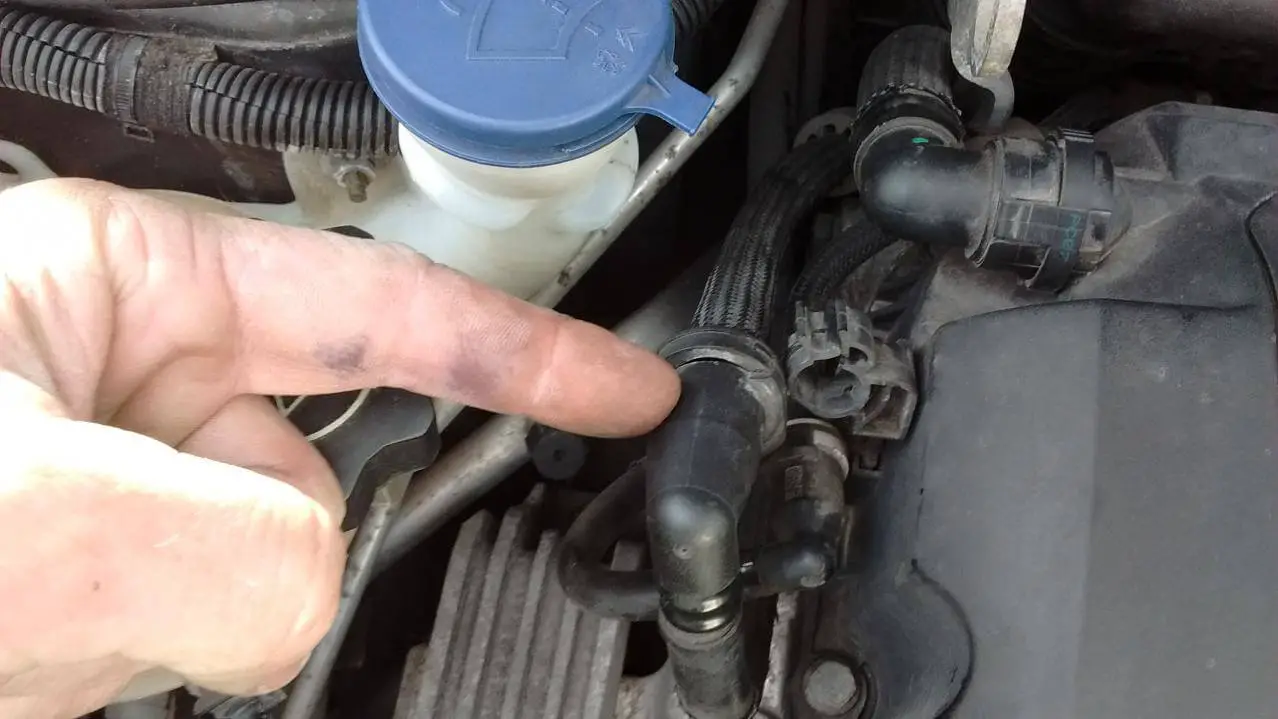
Table of Contents
Intro
PCV stands for Positive Crankcase Ventilation
If you are like most people who understand the basics of preventive maintenance on vehicles, you have heard this term, ‘PCV.’
It is common knowledge that you need to replace oil and other fluids routinely. If you fail to do this, your vehicles might experience severe problems. If that happens, you may have to spend almost all your money to restore the original value of your car.
But what does the abbreviation ‘PCV’ stands for in cars? Again, these three letters represent Positive Crankcase Ventilation.
PCV refers to a special one-way valve that is attached to your car’s crankcase
If you want to understand PCV well, you need to get some critical information on how it functions and how you can test and replace to reap the expected results.
How The PCV Work And Its Benefits
Whenever you drive your car, your engine burns the fuel and produces lots of waste gases. Significant amounts of these wastes are discharged through your exhaust system.
However, some of them find their way into your car’s crankcase. And this is where your PCV does a crucial task. In fact, through this, it can save your own life. How The PCV Work And Its Benefits
Remember, the waste gases can mix with your unused oil and produce a compound known as oil sludge.
This mixture can destroy most parts of your vehicle through a series of activities, including engine clogging and corrosion.
What’s more, if you are driving at high speed, these gases can create high pressure in the crankcase. It can eventually blow up your gaskets and cause the oil to start leaking. How does pcv valve work
The gases exit through it, but none of them can return into your car through it. As you can see, the PCV ensures you do not suffer severe loses. But that is not all.
Your PCV also helps remove moisture, a dangerous contaminant, from your fuel. Whenever you run your engine, it produces a good amount of heat.
But when it cools, condensation forms. The good news is that your engine oil additives have the right capacity to absorb the water.
And in most cases, the additives temporarily hold it in suspension.
Unfortunately, after some time, if you do not have an efficient PCV, the water content will exceed the capacity of the additives and attack the metal parts of your engine. So, you need this value to be safe from this type of deterioration.
And do you know that the valve also reroutes some of the unburned gases back to the engine?
It does this.
Vehicles that do not have the PCV emit poisonous gases that pollute the air that we breathe.
Since it helps to reduce the quantity of these gases, this value makes it much easier for you to preserve the environment.
How You Can Test Your PCV
If you are asking whether there are easy ways you can check whether your valve is functioning efficiently, the answer is that you are spoilt for choices.
However, the best approach is to simply remove it and shake it. Yes, it’s that simple.
Look at the grommet on your car’s valve cover, which is located at the far end of your tube or hose. Your PCV is located there.
Now, move closer and remove it safely. And then begin to shake the valve as you listen carefully to hear the sound that it produces. Test pcv value
On the other hand, if you hear no sound, your PCV may be faulty. You are also at risk if you get a whistle, whine, or low moaning noise.
Sometimes, these sounds may confuse you. If you are in doubt, temporarily block the vacuum source and check if there is a variation in the noise or if it disappears to be sure.
Another way you can test your valve is to check for oil on the filter element. When you see an oily sport near the PCV inlet hose, you have a reason to suspect that you have a bad valve. It may have blown oil on the surface.
In some cases, you may also be forced to inspect your entire system. If the oil sludge clogs the PCV, the above methods may not help you perfectly. For that reason, you may need to clean it.
Requirements for PCV Valve Replacement
Before you start to replace your PCV, ensure you have all the necessary tools and materials lined up. Have 4-in-1 screwdriver and Socket/ratchet set, in advance.
Also, buy an air filter and PCV valve well in advance. If you do this, you will avoid the last-minute rush. This way, you will install the right valve and reap the intended benefits.
The Final Thoughts
Are you still asking what PCV standards for in cars? From the information on how a Positive Crankcase Ventilation (PCV) works, its benefits, how to test and replace it, and the things that you require, you most likely now have a clear picture of this special valve.
Do not be like the many drivers who overlook this simple way of preventing severe car damage.
They spend much of their time on replacing wheels, bulbs, and the likes. An efficient driver should never forget to replace any of these parts in time.
If you ignore this advice, you may end up replacing several damaged parts of your vehicle in the end.
Remember to use the right strategies to test and also replace your PCV for the best outcome.

Pcv valve replacement symptoms
As we have discussed here, you can test and replace your PCV alone. Without a doubt, you do not have to be an expert to do this.
However, whether you hire someone and do it alone, installing a new PCV could be the best solution to your engine performance issues that have bothered you for a while now.
For that matter, do not hesitate to test and replace it if you want to preserve the value of your vehicle.
 by
by